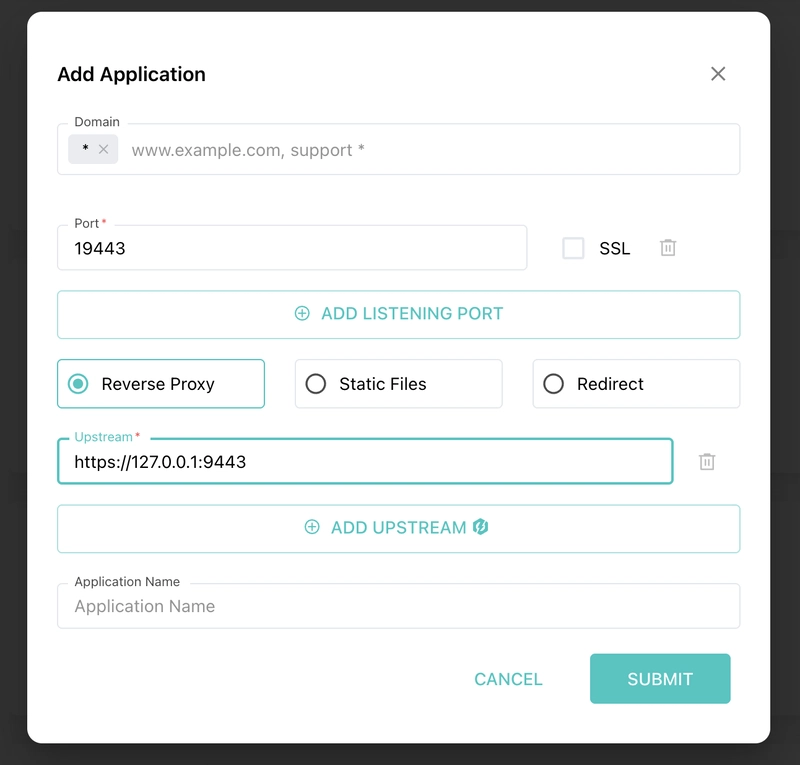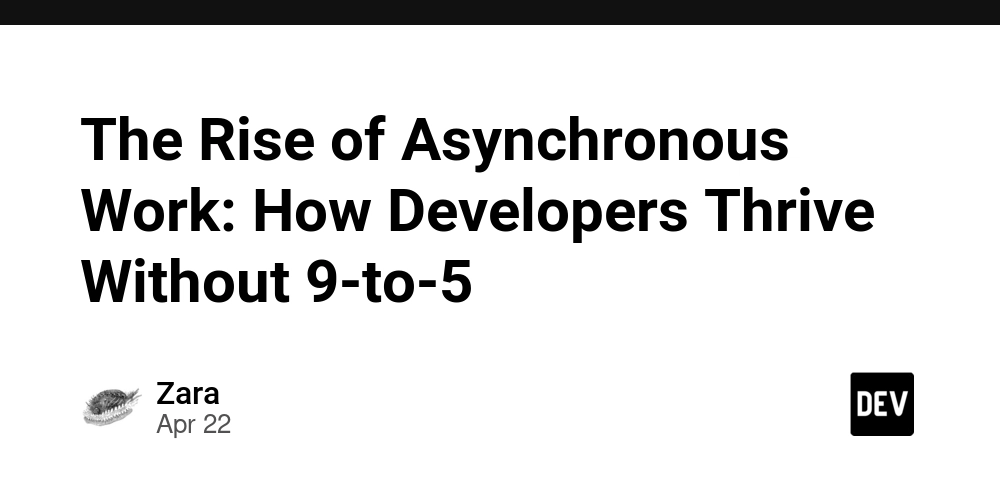Arbitrum and Open Source Tools for NFT Development: Unleashing Blockchain Scalability and Innovation
Abstract This post provides a comprehensive technical analysis of Arbitrum and open source tools for NFT development, shedding light on how layer‑2 scaling solutions are revolutionizing the blockchain ecosystem. We explore Arbitrum’s core architecture, developer-friendly integrations, and cost-efficient transaction mechanisms alongside robust open source frameworks for NFT creation. With practical use cases across digital art, gaming, and community-driven projects, we also discuss challenges such as technical integration, centralization risks, and sustainable funding strategies. Finally, we look ahead to emerging trends and innovations that promise to shape the future of decentralized applications and NFT development. Key keywords include Arbitrum, NFT development, layer‑2 scaling, open source tools, EVM compatibility, and decentralized governance. Introduction Blockchain technology is transforming digital asset ownership and decentralization. As Ethereum confronts scalability constraints, layer‑2 scaling techniques such as Arbitrum have emerged to lower transaction costs and increase throughput. At the same time, the NFT space is rapidly evolving with the help of robust open source tools and frameworks. This post highlights how Arbitrum’s architecture and a suite of open source resources combine to empower developers and creators in deploying high‐volume, cost‐efficient decentralized applications. In this article, we will cover: The background and context behind Ethereum’s scalability issues The core features of Arbitrum’s optimistic rollup mechanism The tools and frameworks driving NFT development Practical examples and use cases from digital art, gaming, and community projects Challenges in technical integration and governance Future innovations in cross-chain interoperability and funding models Let’s dive deeper into how these technological innovations interlink to drive forward a new era of blockchain and NFT development. Background and Context Ethereum has long been the go‐to blockchain for decentralized applications (DApps) and NFTs. However, its limited transaction throughput—approximately 15 transactions per second—and high gas fees during periods of congestion have obstructed mass adoption. To counter these limitations, Arbitrum was developed by Offchain Labs as a layer‑2 scaling solution. Arbitrum’s approach, based on optimistic rollup technology, bundles many off-chain transactions into a single on-chain submission, significantly reducing gas fees and increasing throughput. In parallel with these scalability enhancements, the open source movement has accelerated blockchain innovation. Resources like OpenZeppelin Contracts provide pre‑audited libraries for smart contract development. Open source tools empower developers to iterate quickly, achieve transparency, and establish community governance over projects. Moreover, sustainable open source funding models—such as Gitcoin and GitHub Sponsors—help projects maintain long‑term development and security. Below is a table comparing key attributes of Ethereum (Layer 1) and Arbitrum (Layer 2): Feature Ethereum (Layer 1) Arbitrum (Layer 2) Transactions per Second ~15 TPS Thousands of TPS Gas Fees High during congestion Significantly reduced Smart Contract Support Native Fully EVM-compatible Security High (decentralization) Inherits Ethereum security Developer Ecosystem Mature Rapidly growing This context sets the stage for an in‑depth look into the core technical concepts and applications spanning Arbitrum and NFT development. Core Concepts and Features Arbitrum’s Architectural Backbone Arbitrum leverages an innovative optimistic rollup mechanism where multiple off‑chain transactions are bundled and processed as a single on-chain event. Some of its key features include: Transaction Bundling: Consolidates numerous transactions into one batch, lowering overall gas fees. Optimistic Rollups: Assumes transactions are valid unless challenged. A robust dispute system using fraud proofs ensures integrity. EVM Compatibility: Developers can port existing Ethereum smart contracts with minimal changes, thanks to full compatibility with the Ethereum Virtual Machine. Enhanced Security: Although off‑chain processing occurs, on‑chain settlement inherits Ethereum’s decentralized security model. For further technical details, you can refer to the What is Arbitrum and Arbitrum and NFT Marketplaces pages. Open Source Tools for NFT Development NFT development has been revolutionized by a suite of open source tools that ensure transparency, security, and rapid innovation. Key components include: Development Frameworks: Hardhat and Truffle: Provide robust environments for compiling, testing, and deploying smart contracts. These frameworks have been easily configured to work with Arbitrum, streamlining the development process. Security Libraries: Open

Abstract
This post provides a comprehensive technical analysis of Arbitrum and open source tools for NFT development, shedding light on how layer‑2 scaling solutions are revolutionizing the blockchain ecosystem. We explore Arbitrum’s core architecture, developer-friendly integrations, and cost-efficient transaction mechanisms alongside robust open source frameworks for NFT creation. With practical use cases across digital art, gaming, and community-driven projects, we also discuss challenges such as technical integration, centralization risks, and sustainable funding strategies. Finally, we look ahead to emerging trends and innovations that promise to shape the future of decentralized applications and NFT development. Key keywords include Arbitrum, NFT development, layer‑2 scaling, open source tools, EVM compatibility, and decentralized governance.
Introduction
Blockchain technology is transforming digital asset ownership and decentralization. As Ethereum confronts scalability constraints, layer‑2 scaling techniques such as Arbitrum have emerged to lower transaction costs and increase throughput. At the same time, the NFT space is rapidly evolving with the help of robust open source tools and frameworks. This post highlights how Arbitrum’s architecture and a suite of open source resources combine to empower developers and creators in deploying high‐volume, cost‐efficient decentralized applications.
In this article, we will cover:
- The background and context behind Ethereum’s scalability issues
- The core features of Arbitrum’s optimistic rollup mechanism
- The tools and frameworks driving NFT development
- Practical examples and use cases from digital art, gaming, and community projects
- Challenges in technical integration and governance
- Future innovations in cross-chain interoperability and funding models
Let’s dive deeper into how these technological innovations interlink to drive forward a new era of blockchain and NFT development.
Background and Context
Ethereum has long been the go‐to blockchain for decentralized applications (DApps) and NFTs. However, its limited transaction throughput—approximately 15 transactions per second—and high gas fees during periods of congestion have obstructed mass adoption. To counter these limitations, Arbitrum was developed by Offchain Labs as a layer‑2 scaling solution. Arbitrum’s approach, based on optimistic rollup technology, bundles many off-chain transactions into a single on-chain submission, significantly reducing gas fees and increasing throughput.
In parallel with these scalability enhancements, the open source movement has accelerated blockchain innovation. Resources like OpenZeppelin Contracts provide pre‑audited libraries for smart contract development. Open source tools empower developers to iterate quickly, achieve transparency, and establish community governance over projects. Moreover, sustainable open source funding models—such as Gitcoin and GitHub Sponsors—help projects maintain long‑term development and security.
Below is a table comparing key attributes of Ethereum (Layer 1) and Arbitrum (Layer 2):
| Feature | Ethereum (Layer 1) | Arbitrum (Layer 2) |
|---|---|---|
| Transactions per Second | ~15 TPS | Thousands of TPS |
| Gas Fees | High during congestion | Significantly reduced |
| Smart Contract Support | Native | Fully EVM-compatible |
| Security | High (decentralization) | Inherits Ethereum security |
| Developer Ecosystem | Mature | Rapidly growing |
This context sets the stage for an in‑depth look into the core technical concepts and applications spanning Arbitrum and NFT development.
Core Concepts and Features
Arbitrum’s Architectural Backbone
Arbitrum leverages an innovative optimistic rollup mechanism where multiple off‑chain transactions are bundled and processed as a single on-chain event. Some of its key features include:
- Transaction Bundling: Consolidates numerous transactions into one batch, lowering overall gas fees.
- Optimistic Rollups: Assumes transactions are valid unless challenged. A robust dispute system using fraud proofs ensures integrity.
- EVM Compatibility: Developers can port existing Ethereum smart contracts with minimal changes, thanks to full compatibility with the Ethereum Virtual Machine.
- Enhanced Security: Although off‑chain processing occurs, on‑chain settlement inherits Ethereum’s decentralized security model.
For further technical details, you can refer to the What is Arbitrum and Arbitrum and NFT Marketplaces pages.
Open Source Tools for NFT Development
NFT development has been revolutionized by a suite of open source tools that ensure transparency, security, and rapid innovation. Key components include:
-
Development Frameworks:
- Hardhat and Truffle: Provide robust environments for compiling, testing, and deploying smart contracts. These frameworks have been easily configured to work with Arbitrum, streamlining the development process.
-
Security Libraries:
- OpenZeppelin Contracts: Offers audited implementations of ERC-721 and ERC-1155 standards, ensuring that NFT contracts are secure and efficient.
-
Decentralized Storage:
- IPFS and Filecoin: Ensure that digital asset files and NFT metadata remain immutable and accessible over time.
-
Data Indexing:
- The Graph: Enables efficient querying and indexing of blockchain data, crucial for NFT marketplaces where rapid data retrieval is essential.
Overlapping Features and Synergies
Both Arbitrum and open source NFT tools pursue objectives that reinforce one another:
- Scalability: Arbitrum’s batching approach allows for high transaction throughput, making NFTs and microtransactions more feasible.
- Security: Tools like OpenZeppelin and fraud proofs in Arbitrum work hand-in-hand to create a secure ecosystem.
- Cost Efficiency: Reduced gas fees make frequent NFT transactions economically viable.
- Interoperability: EVM compatibility and open interfaces foster cross-chain integration and expansive developer adoption.
Below is a bullet list highlighting key advantages:
- Enhanced throughput and lower latency
- Robust security through transparent audits and fraud proofs
- Cost-effective transactions via batching mechanisms
- Simplified migration due to EVM compatibility
- Increased community involvement through open governance models
For more insights on open source ethics and licensing, visit Ethical Software Development and Open Source Project Economic Models.
Applications and Use Cases
Practical deployments of Arbitrum’s scalability features and open source NFT tools span multiple sectors. Here are several notable examples:
1. NFT Marketplaces and Digital Art Galleries
Digital art platforms leverage the low-cost and high-speed capabilities of Arbitrum to run art auctions and NFT marketplaces. Key benefits include:
- Cost-Effective Microtransactions: Lower gas fees allow even small transactions to take place economically.
- Seamless Smart Contract Migration: Artists can port their Ethereum-based NFT contracts directly onto Arbitrum.
- Enhanced User Experience: Faster confirmation times increase confidence during high-demand art sales.
For example, many NFT platforms are now incorporating open source libraries from OpenZeppelin Contracts to ensure their smart contracts meet stringent security audits.
2. Gaming and Virtual Worlds
NFTs in gaming facilitate ownership of in-game items—from digital clothing to exclusive collectibles. Arbitrum’s capabilities enable:
- High Frequency Transactions: In fast-paced gaming, rapid processing of microtransactions is critical.
- Efficient Data Indexing: Tools like The Graph support real-time tracking of item provenance and trading history.
- Interoperable Ecosystems: Gamers can seamlessly transition between Ethereum and Arbitrum-based platforms.
For instance, virtual worlds relying on decentralized storage via IPFS combined with Hardhat-powered deployments have seen dramatic improvements in transaction speed and asset security.
3. Community-Driven Projects
Community governance and decentralized funding models are integral to many blockchain initiatives. Examples include:
- Transparent Governance: Voting systems based on smart contracts promote decentralization.
- Open Source Funding: Platforms like Gitcoin and GitHub Sponsors have become critical in funding NFT and blockchain projects sustainably.
- Cross-Chain Integration: Projects that incorporate NFT functionality across various chains further democratize access to digital asset ecosystems.
See more insights on community projects in the article Arbitrum and Community Governance.
Below is a table summarizing these use cases:
| Application Area | Key Benefits | Example Technologies |
|---|---|---|
| NFT Marketplaces & Digital Art | Lower fees, faster transactions, secure data | Arbitrum, OpenZeppelin, Hardhat |
| Gaming & Virtual Worlds | Instant transactions, data indexing, interop. | Arbitrum, The Graph, IPFS/Filecoin |
| Community-Driven Projects | Transparent governance, sustainable funding | Gitcoin, GitHub Sponsors, open source frameworks |
Additionally, check out related discussions on developer platforms such as this Dev.to post on Arbitrum and open source license compatibility and blockchain scalability through data compression.
Challenges and Limitations
Despite the significant advantages, there are several challenges developers and community leaders face when working with Arbitrum and open source NFT tools:
Technical Complexity and Integration
- Transitioning from Layer 1 to Layer 2: Even though Arbitrum is EVM-compatible, moving from Ethereum may require adjustments to handle new batching methods and fraud proof systems.
- Smart Contract Auditing: Open source contracts, while robust, must be continuously audited to prevent vulnerabilities—a costly and time-consuming process.
Centralization Concerns
- Sequencer and Governance Risks: The ordering of transactions by sequencer nodes can lead to potential centralization if not properly decentralized.
- Limited Community Participation: Although many projects adopt open source and community governance models, decision-making can sometimes be concentrated in a small group of key developers.
Adoption and User Experience Challenges
- Learning Curve: End-users and developers must familiarize themselves with new concepts such as optimistic rollups and decentralized storage protocols.
- Regulatory Uncertainty: Evolving legal frameworks around NFTs and blockchain solutions may require projects to adapt continuously, impacting long-term viability.
Scalability vs. Security Trade-offs
- Fraud Proof Latency: While optimistic rollups boost throughput, the mechanism for disputing fraudulent transactions can introduce delays in final transaction confirmation.
- Mainnet Congestion: As Arbitrum scales, periodic congestion on the Ethereum mainnet during batch submissions may undermine some cost benefits.
Sustainable Funding and Community Support
- Open Source Funding Challenges: Despite initiatives like GitHub Sponsors and Gitcoin, long-term financial support for open source projects remains an ongoing concern.
- Resource Allocation: Balancing budget between security audits, new development features, and maintenance is a complex task for many projects.
Future Outlook and Innovations
The future of blockchain and NFT development looks promising, with several exciting trends on the horizon:
Enhanced Decentralization and Scalability
Future upgrades such as Arbitrum Nitro are expected to push transaction speeds even higher while further reducing fees. Combined with innovations on Ethereum 2.0, the synergy between layer‑2 scaling and on‑chain security will be even more robust. Additionally, enhanced cross-chain interoperability may enable seamless asset transfers across different blockchain networks.
Innovative Developer Tools and Enhanced Frameworks
The open source community continues to refine tools like Hardhat and Truffle. We can expect to see integrated real‑time monitoring, automated security checks, and advanced debugging functionality. Enhanced APIs and developer portals will lower barriers further, enabling developers to build, test, and deploy NFT projects even more efficiently. Further reading on the transformation of open source licensing can be found here.
New NFT Use Cases and Broader Adoption
The NFT ecosystem is expanding beyond digital art and collectibles. Anticipated applications include:
- Tokenized Real Estate and Physical Assets: Bridging the physical world with blockchain verifiability.
- Digital Identity and Certification: Secure, immutable digital identity solutions powered by blockchain.
- Gaming and Metaverse Projects: Enhanced experiences in virtual worlds that combine real asset ownership with immersive digital interactivity.
Sustainable Funding and Evolving Governance Models
We expect to see the rise of innovative funding strategies such as quadratic funding, decentralized autonomous organizations (DAOs), and novel sponsorship models. These mechanisms will empower projects to allocate resources fairly while ensuring sustainable development. Projects like those funded through Gitcoin are already paving the way toward a more resilient open source ecosystem.
Integration with Emerging Technologies
The convergence of AI, IoT, and blockchain technology promises exciting new use cases. For instance:
- Machine Learning and Data Analytics: Enhancing NFT valuation models and predictive analytics.
- Zero-Knowledge Proofs: Boosting privacy, security, and scalability of transactions.
- Decentralized Identity Protocols: Establishing trust frameworks across digital ecosystems.
These trends point to a future where blockchain, NFTs, and open source development evolve in tandem to enable unprecedented levels of creativity and scalability.
Summary
In summary, the integration of Arbitrum’s layer‑2 scaling solution with open source tools for NFT development is set to redefine blockchain applications. Through innovative optimistic rollup mechanisms, EVM compatibility, and cost-effective transaction batching, Arbitrum addresses Ethereum’s scalability challenges. Meanwhile, open source frameworks such as Hardhat, Truffle, and OpenZeppelin, alongside decentralized storage systems like IPFS/Filecoin, continue to empower developers to create secure and efficient NFT projects.
Despite a number of technical challenges—ranging from integration complexities and governance risks to sustainable funding issues—the industry is rapidly maturing. Future innovations in decentralization, cross-chain interoperability, advanced developer tools, and novel funding models will only accelerate this growth.
For those interested in learning more about these topics, be sure to check out the original article on Arbitrum and Open Source Scaling Solutions and explore additional resources such as What is Arbitrum and Open Source Tools for NFT Development on Arbitrum.
By staying informed and actively contributing to these open source initiatives, developers and enthusiasts alike will help shape the future of decentralized technology, ensuring that blockchain and NFTs continue to drive innovation, secure digital ownership, and foster community governance.
Happy coding and exploring the limitless future of blockchain innovation!
Related reading on Dev.to:
• Arbitrum and open source license compatibility – bridging innovation and legal frameworks
• Arbitrum and data compression – a new era of blockchain scalability
Additional links for further exploration:
This holistic view bridges technical expertise with accessible explanations, making it an essential read for blockchain developers, NFT creators, and enthusiasts keen on the evolving landscape of open source and decentralized scalability.






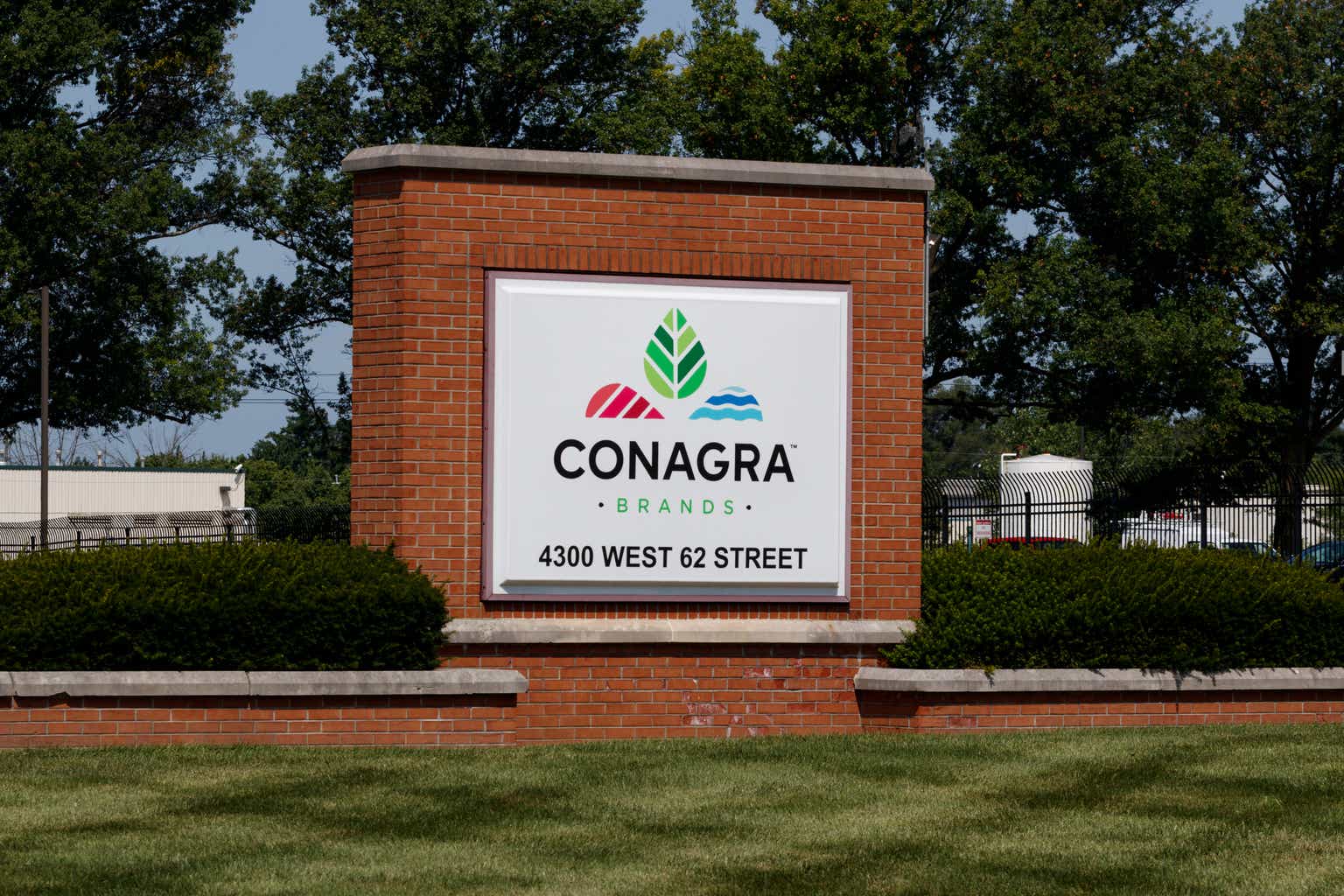

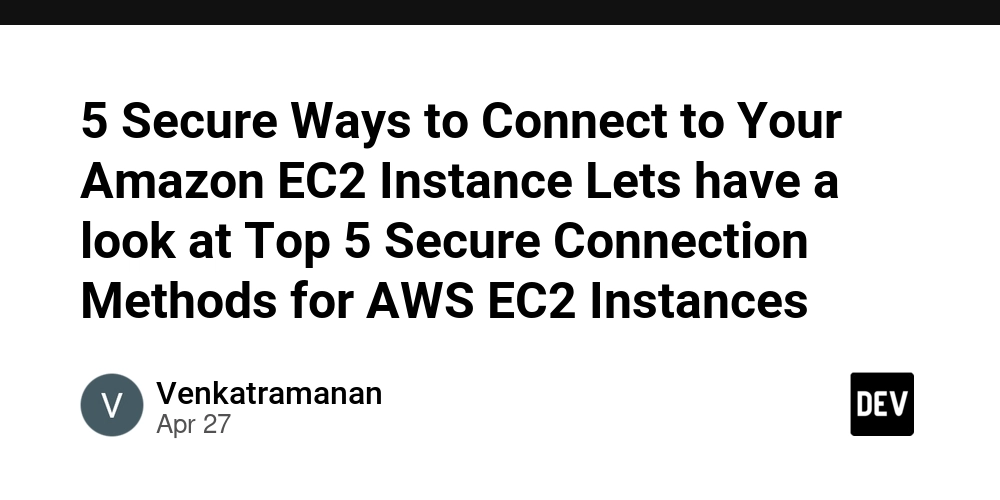


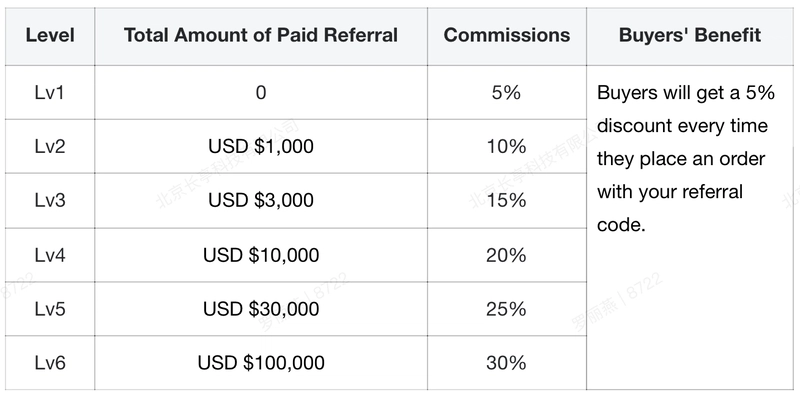











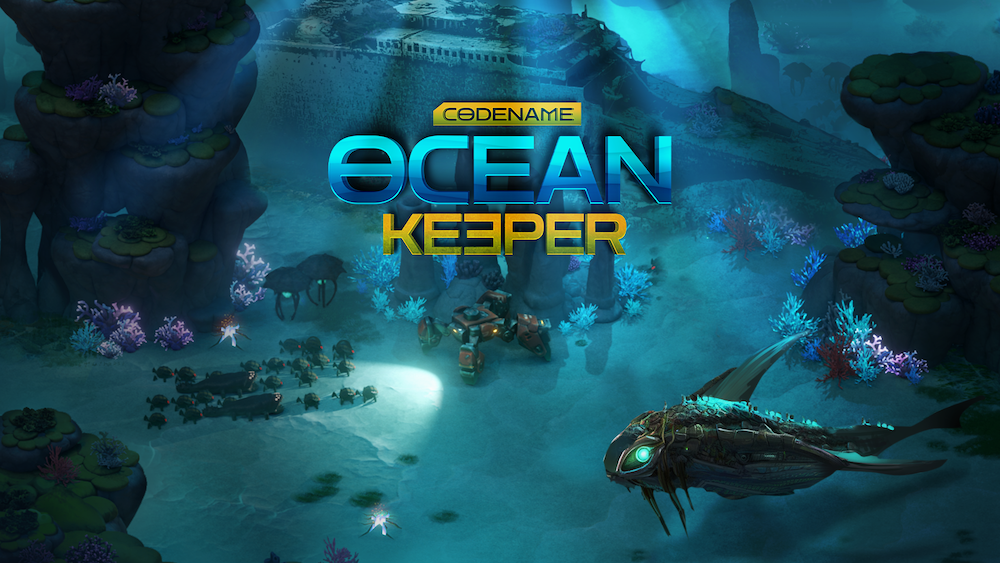









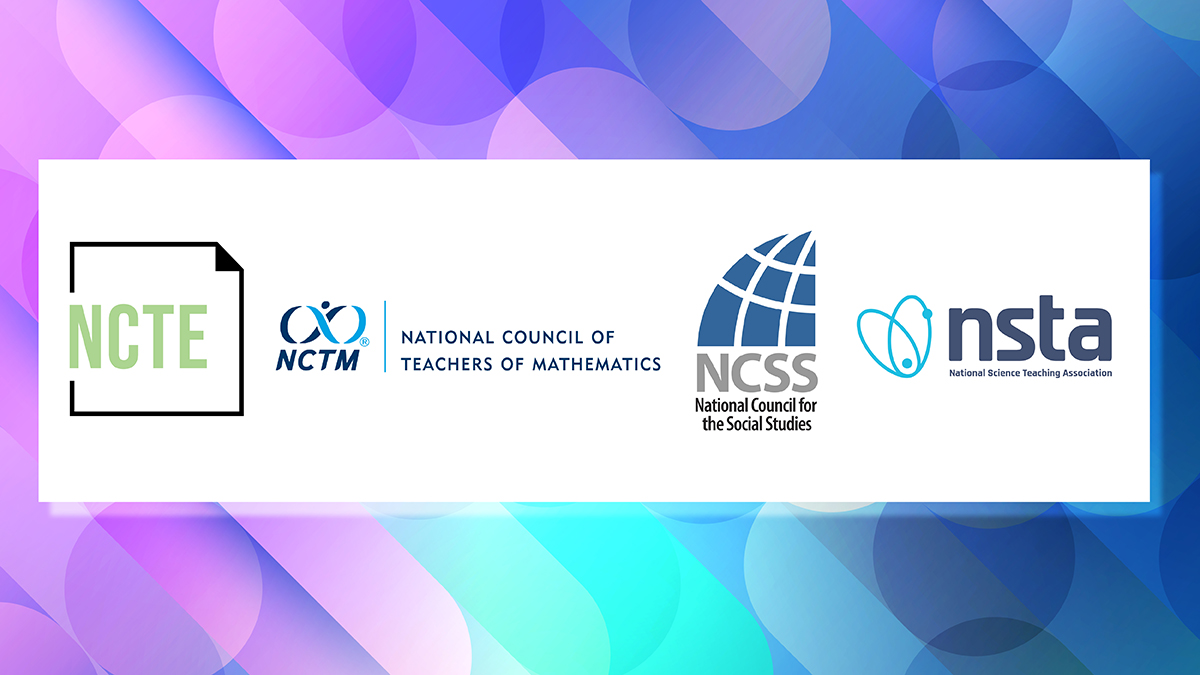










![Flash Sale: Buy IHG Points with 80% Bonus Points [0.56¢ or ₹0.47/Point]](https://boardingarea.com/wp-content/uploads/2025/04/05da39b5f488f7dd0ed5a2f2d34bd5c5.jpg?#)
![Last Call: Buy Flying Blue Miles with a 45% Discount [1.68¢ or ₹1.44/Mile]](https://boardingarea.com/wp-content/uploads/2025/04/6d62aeaa045062f1f9f5b249cbf35bf4.jpg?#)





















